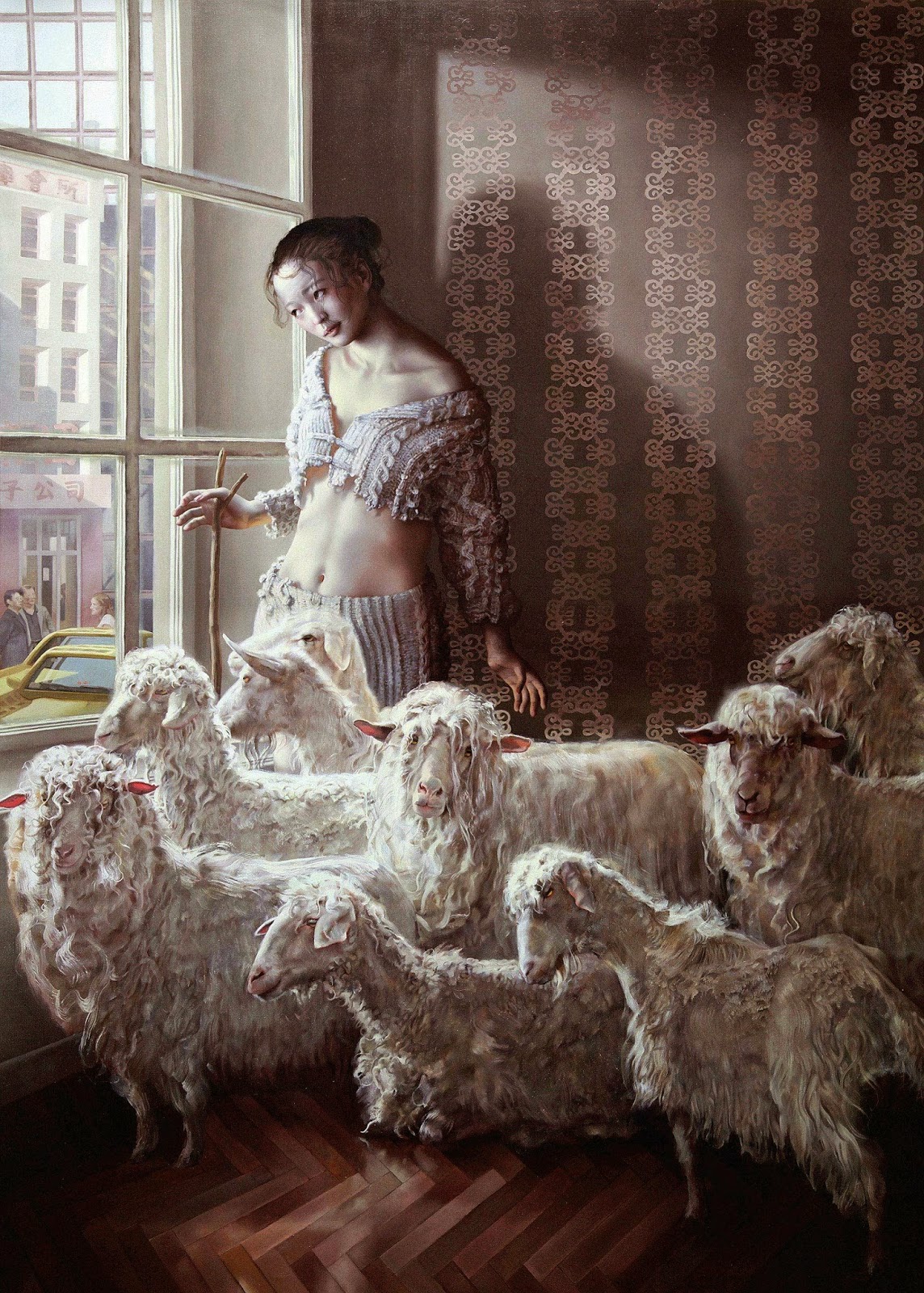Francesco Solimena was a prolific Italian painter🎨 of the Baroque era🎨, one of an established family of painters and draughtsmen.
Francesco Solimena was born in Canale di Serino, province Avellino.
He received early training from his father, Angelo Solimena, with whom he executed a Paradise for the cathedral of Nocera (a place where he spent a big part of his life) and a Vision of St. Cyril of Alexandria for the church of San Domenico at Solofra.





